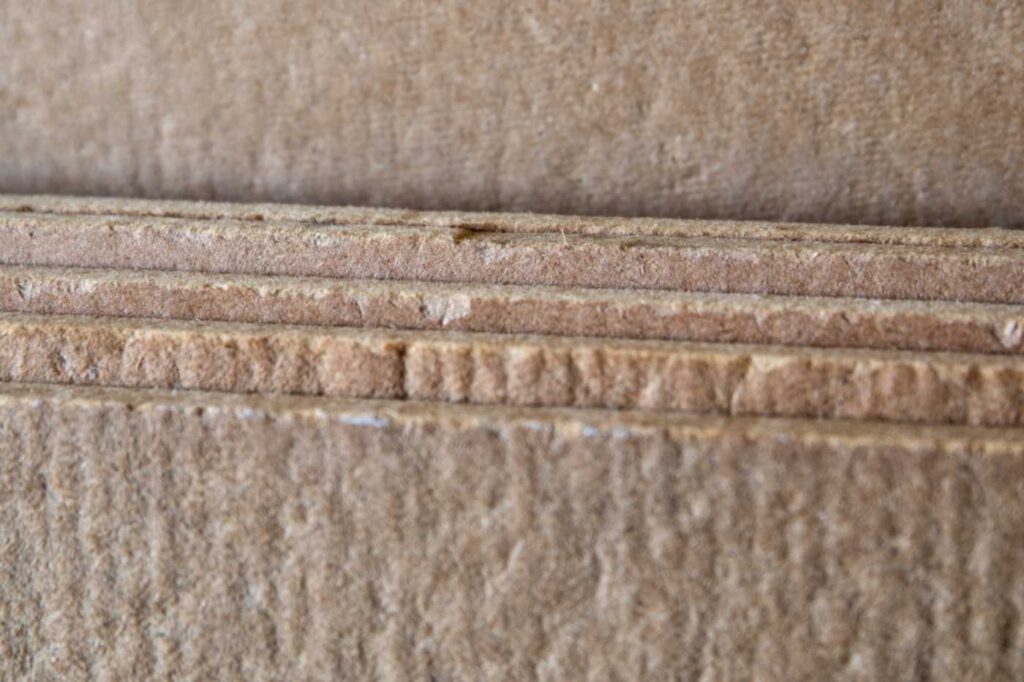Cellulose vs Fiberglass Insulation

Exploring Cellulose vs Fiberglass Insulation
From upgrades to overhauls, if it’s time to reassess your home’s insulation, you’ve come to the right place. Eliminate the guesswork of modernizing your home’s weather protection barrier with Westside Drywall & Insulation. To set you on track toward success, we are here to unravel the key difference of cellulose vs fiberglass insulation.
The Role of Insulation
Well-installed insulation defends your home against inclement weather and associated risks. As a robust barrier between your walls, ceilings, and attic and the elements, insulation fosters indoor temperature regulation and a comfortable living environment while mitigating excessive utility costs. However, no two insulation types are created equally, raising the importance of understanding your options.
Choosing the Right Insulation Material
With so many options, navigating the insulation market can be overwhelming. Fortunately, Westside Drywall & Insulation is here to simplify your experience. With decades of expertise, we’ve mastered the ins and outs of choosing the right insulation materials for properties of all types and sizes, helping customers create comfortable, safe, and well-protected living environments.
Cellulose vs Fiberglass Insulation
There are many different insulation options to choose from. However, fiberglass and cellulose are among the most common. Both cellulose and fiberglass offer variety in terms of material form and installation method, making them flexible options for various property types and applications.
Understanding Fiberglass Insulation
Fiberglass is made of small pieces of recycled glass blended with limestone and/or sand, woven into strands that resemble the appearance of cotton. While there are several types of fiberglass insulation available, we often see fiberglass batts or loose-fill fiberglass used in residential applications.
Fiberglass Batts
Fiberglass batts consist of large, rolled sheets of fiberglass interconnected by adhesive or aluminum foil. This form of fiberglass insulation is known for its simple and efficient installation process. However, as fiberglass batts are pre-fabricated, they offer minimal customization, making them challenging for insulation projects with odd shapes, pipes, or other obstructions.
Loose-Fill Fiberglass
Loose-fill fiberglass is the primary choice for insulating unique configurations. In contrast to fiberglass batts that come in large, pre-rolled pieces, loose-fill applications consist of small, custom-cut pieces. Rather than rolling and applying these materials, loose-fill fiberglass is installed using an insulation-blowing machine.
Advantages of Fiberglass Insulation
The popularity of fiberglass insulation is predominantly attributed to its economic advantages. Some of the key features include:
- Low-cost initial investment
- Up to 40% cost savings on utility bills
- Up to 100 years of performance with proper maintenance and conditions
- Minimal risk of water damage and/or fire
- Effective sound absorption
- R-value ranging between 2.2-4.3
The Drawbacks of Fiberglass Insulation
Despite the beneficial features of fiberglass, this insulation type is not immune to drawbacks. The cons of opting for fiberglass insulation may include:
- Must be professionally treated when exposed to moisture
- Increased health hazards associated with self-installation
- Extreme temperature fluctuations cause reduced R-value
- Overly compressed or densely packed fiberglass equates to a lower R-value
Understanding Cellulose Insulation
Cellulose insulation is characterized by 82-85% recycled materials, such as wood fragments or old newspapers. Unlike fiberglass, cellulose only comes in one form. However, this material offers several installation methods, including:
- Blown-dry (old home installation)
- Damp-sprayed
- Dry-netting
The Advantages of Cellulose Insulation
Cellulose insulation is unmatched in terms of price point. Cellulose is ¾ of the price of standard fiberglass. Although cellulose comes in a single form, its varied installation methods make it suitable for many different structures and applications. Cellulose also boasts an R-value range of 3.2-3.5, exceeding the thermal resistance of fiberglass.
The Drawbacks of Cellulose Insulation
The advantages of cellulose insulation come at the expense of multiple drawbacks. These disadvantages include:
- Prone to pest infestations even when treated with boric acid
- Highly flammable, elevating the risk of fire
- Susceptible to mold when exposed to moisture
- Messy installation process linked to excess dust and health hazards
Is Cellulose Insulation Better Than Fiberglass?
It’s a common misconception that cellulose insulation is better than fiberglass because of its higher R-value. While cellulose may occasionally exceed fiberglass in terms of thermal resistance, it falls short in virtually every other category. When comparing cellulose vs fiberglass blown insulation, our experts at Westside Drywall & Insulation always encourage choosing fiberglass.
Learn More About Cellulose vs Fiberglass Blown Insulation
Make a confident and informed decision for your home with Westside Drywall & Insulation. Backed by years of industry expertise, we’re here to help you make the right choice between cellulose and fiberglass insulation upgrades. To get started, contact our friendly team today.
